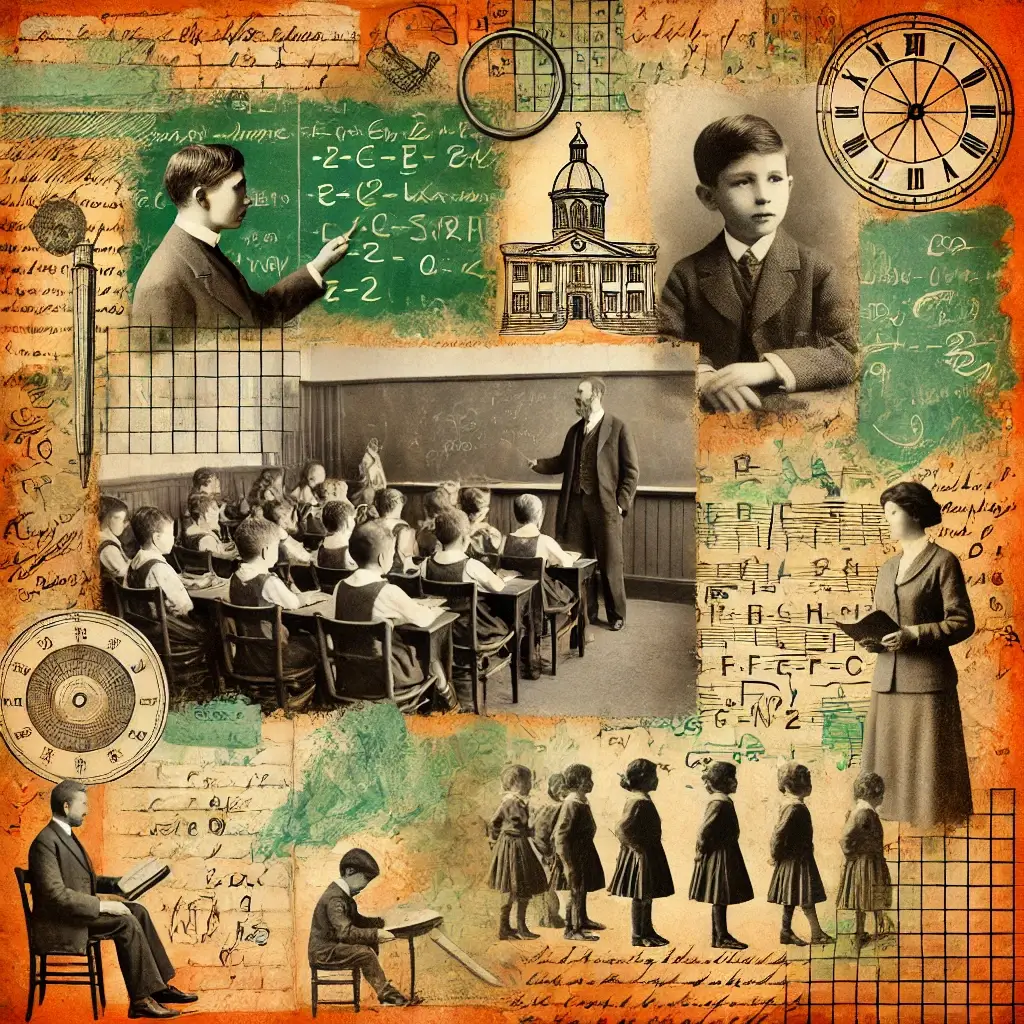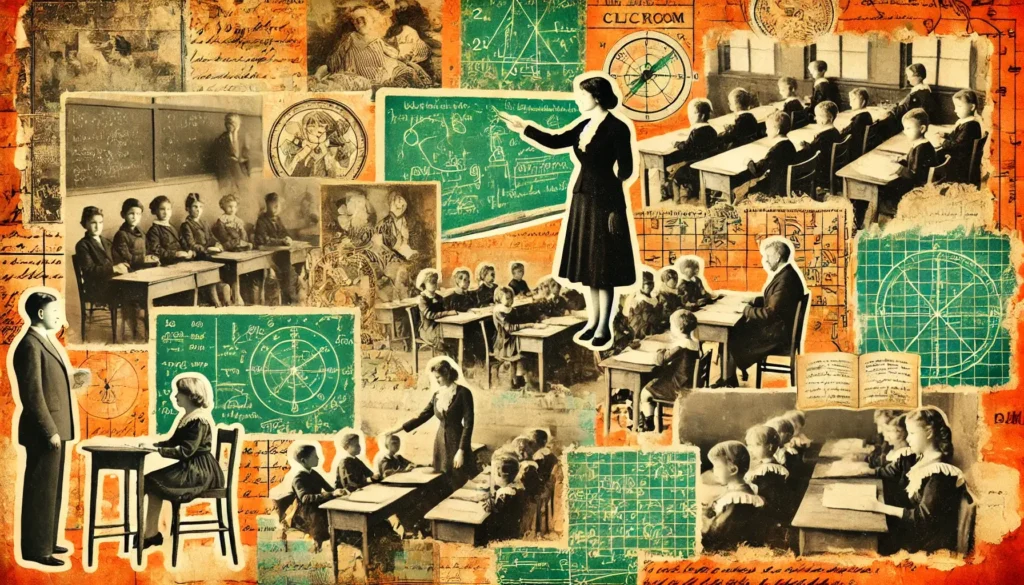Here’s how ed-tech companies are pitching AI to teachers: Ed-tech companies are increasing their focus on AI-driven tools in classrooms, positioning AI as a valuable assistant for teachers by offering solutions to save time on grading, lesson planning, and feedback. However, not all educators are convinced. As we enter the third year of AI models like ChatGPT being widely available, the debate is growing over the right role of AI in education. While some teachers find AI helpful for routine tasks, others worry that relying too heavily on it may dilute essential teaching practices, particularly in areas that require critical thinking and creativity.
The Push for AI in Education
In the back-to-school season, education technology companies are highlighting how AI can ease the workload of teachers, who often work well beyond typical hours. According to a 2020 McKinsey and Microsoft report, teachers average about 50 hours per week, with many of these hours devoted to grading, lesson planning, and administrative work. This report suggests that AI tools could potentially reduce teachers’ workload by up to 13 hours weekly, freeing them up for more one-on-one interactions with students.

Case Studies: AI in Action in the Classroom
Many schools are already testing AI tools to assess their impact on teacher workloads and student engagement. Here are some notable examples:
- Los Angeles Unified School District in California recently implemented AI-driven grading tools. Teachers noted that, while AI does assist with grading factual answers quickly, it is less effective for grading creative assignments, where subjective judgment is crucial.
- Fairfield County Schools in North Carolina use Khan Academy’s AI tutor, Khanmigo, as a resource for students in coding and STEM programs. Teachers report that students enjoy the interactive support for learning code syntax and math skills.
- Brighton School District in Colorado has been piloting AI-based lesson planning tools that align with curriculum standards. Teachers in this district say they enjoy using AI for generating ideas but still prefer to personalize the final lesson plans.
These case studies demonstrate the potential benefits of AI in saving time, but they also highlight its current limitations in handling more subjective tasks.
Popular AI Tools for Teachers
Several AI-powered tools have become popular in the education sector due to their user-friendly features. Among the most notable are:
- Magic School: This platform is used by 2.5 million educators, offering various tools like quiz generators and text summarizers, which reduce the time teachers spend on routine preparation tasks.
- Khan Academy’s Khanmigo: Branded as an AI-powered teaching assistant, Khanmigo provides support across diverse subjects, including coding, science, and the humanities. It is designed to assist students directly while also helping teachers manage their workload.
- Pressto: An AI-based writing coach that supports teachers by providing automated feedback on student essays. This tool helps teachers manage grading time while offering students guidance on improving their writing skills.
Each of these tools is marketed to teachers as a time-saver, intended to make it easier for educators to focus on student engagement rather than repetitive tasks.
Pros and Cons of AI in Education
The benefits and concerns surrounding AI in education are both significant. Here’s a breakdown:
Pros of AI in Education
- Time Savings: AI can automate repetitive tasks, helping teachers manage workloads more effectively.
- Efficient Grading for Objective Tasks: For factual assignments like quizzes or multiple-choice questions, AI is effective in grading quickly and accurately.
- Personalized Learning: AI tools can adapt lessons to each student’s pace and understanding, making it easier for students to learn in ways that suit them best.
- Data-Driven Insights: AI can analyze performance data to identify areas where students need additional support, helping teachers adjust their approach.
Cons of AI in Education
- Over-reliance on Technology: There’s a risk that teachers might become too dependent on AI, which could impact their ability to develop personalized lesson plans and unique grading insights.
- Privacy Concerns: AI requires student data to function, raising concerns about how this data is stored and who has access to it.
- Impersonal Feedback: Many teachers believe that human feedback is critical for students, especially in subjects requiring creativity and nuance, like writing.
- Equity and Accessibility: Not all schools have equal access to AI tools, which can create disparities in education quality.
Teachers’ Concerns about AI in the Classroom
While AI tools promise to save time, many teachers are hesitant to embrace them for certain responsibilities. Leon Furze, a PhD candidate at Deakin University who studies AI in education, explains that AI may work well for data collection, reporting, and some administrative tasks. However, tasks like grading creative assignments or lesson planning are more challenging to automate. Grading, for example, involves understanding a student’s unique approach to a problem, which an AI model may not fully capture. Here’s how ed-tech companies are pitching AI to teachers.
According to a recent survey, only 6% of teachers believe that AI offers more benefits than drawbacks in education. Many educators view grading, feedback, and lesson planning as essential parts of teaching, and they are reluctant to pass these responsibilities over to AI.
Lesson Planning with AI: Balancing Efficiency and Creativity
Lesson planning is another area where AI could be useful, but it remains controversial. Some AI models can generate lessons aligned with curriculum standards, providing teachers with an outline or starting point. However, many teachers value the process of creating lesson plans as a creative part of their job. Thoughtful lesson planning enables teachers to cater to the specific needs of their students, something that AI cannot currently replicate. For this reason, many teachers use AI to gather ideas or resources but still prefer to customize their lesson plans to ensure they meet their unique teaching goals.
The Future of AI in Classrooms: Trends and Predictions
As AI technology evolves, ed-tech companies are likely to continue developing tools that focus on specific, repetitive tasks. Educators and policymakers are collaborating on establishing guidelines for using AI in education, which may help increase teacher acceptance. In the future, AI could be used more extensively for data analytics, providing teachers with insights into student performance trends. It could also be expanded for administrative functions, such as automating attendance records or assisting with report generation.
As AI continues to improve, it’s possible that teachers may become more open to using it in their classrooms. In some cases, AI might eventually assist with more complex tasks, like providing feedback on creative work or adapting lesson plans based on real-time student feedback. However, human judgment and interaction will likely remain essential to teaching, especially in areas that require empathy and understanding. Here’s how ed-tech companies are pitching AI to teachers.
Global Push for AI in Education
Ed-tech companies aren’t the only ones promoting AI in classrooms. Governments worldwide are implementing policies to support AI in education. For example:
- South Korea and Japan: These countries have integrated AI education into their national curriculums, encouraging students to develop AI skills from an early age.
- Singapore: The Ministry of Education in Singapore provides teachers with guidelines for using AI safely and responsibly, focusing on applications that benefit students’ learning experiences.
- United States (North Carolina and Colorado): State education departments have introduced pilot programs for AI-assisted teaching tools, allowing schools to experiment with AI’s impact on student learning and teacher workloads.
This global push demonstrates a growing belief that AI can complement traditional teaching methods and help educators better meet their students’ needs.
Teacher Perspectives: Real Experiences with AI in Education
Teachers have mixed opinions about AI in the classroom. Some see it as a valuable resource that helps them manage workloads, while others are cautious. Sarah Mitchell, a high school teacher in North Carolina, says, “AI has been great for grading straightforward assignments, but I still prefer to review essays myself.” Another teacher, John Kim from California, states, “I use AI tools to generate quiz questions or ideas for lesson plans, but I always make adjustments. It’s helpful but not a complete solution.” Here’s how ed-tech companies are pitching AI to teachers.
These perspectives show that while AI is useful for some tasks, many teachers believe that their judgment and creativity are irreplaceable parts of the profession.
Conclusion
The role of AI in education is likely to expand as technology improves, but it’s clear that human input will remain critical to effective teaching. While ed-tech companies are positioning AI as a teacher’s ultimate assistant, educators are still exploring how best to incorporate it without compromising their unique skills and connection with students. By focusing on applications that genuinely enhance learning and save time on repetitive tasks, AI could become a trusted tool in the classroom. However, balancing AI’s advantages with the essential human elements of teaching will be key to its success in education.



